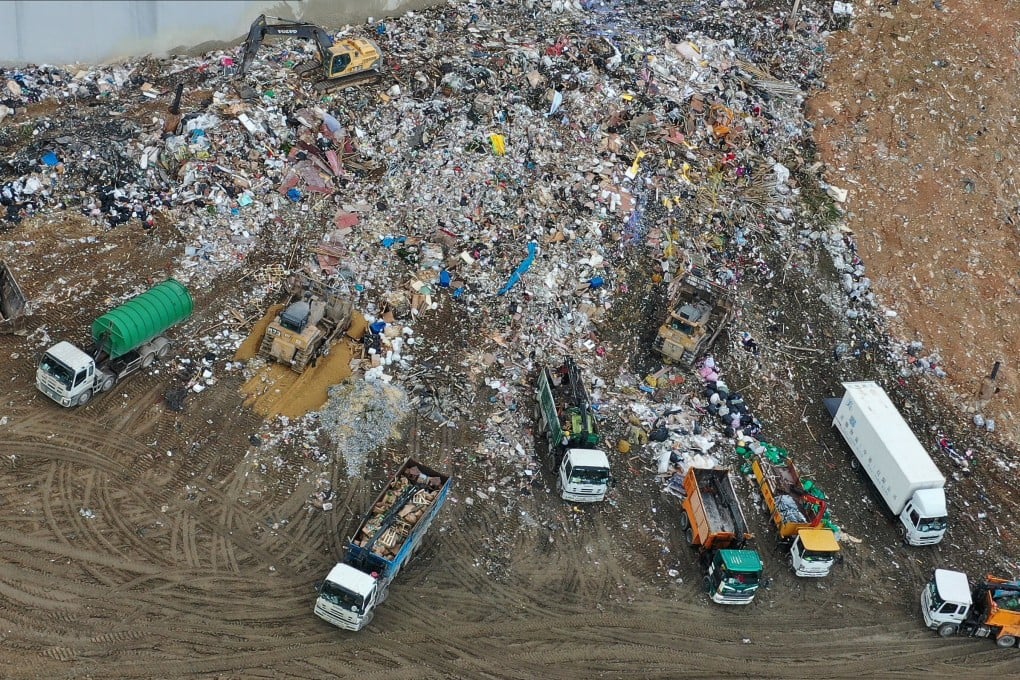Letters | How Hong Kong can digest its food waste problem
- Readers discuss the benefits of setting up more anaerobic digestion centres to process food waste, concerns about safety on the MTR, and the disappointing number of tourists from the mainland so far this year

An incineration plant capable of treating 3,000 tonnes of municipal solid waste will be operational by 2025 and one more is under consideration. It seems our policies are leaning towards incineration. But is incineration a better solution for food waste?
Incineration may reduce food waste volume by 90 per cent but falls short on other counts compared to anaerobic digestion. According to a 2017 paper, anaerobic digestion performs much better in terms of greenhouse gas emissions and acidification than disposing of food waste in landfills and incineration.
Since one of the biggest hurdles is collecting food waste from households, if charging by designated labels could be allowed for food waste, and such waste could enjoy lower charges or even be exempt from it, it would be a huge incentive for households to separate food waste and send it to a collection point.
